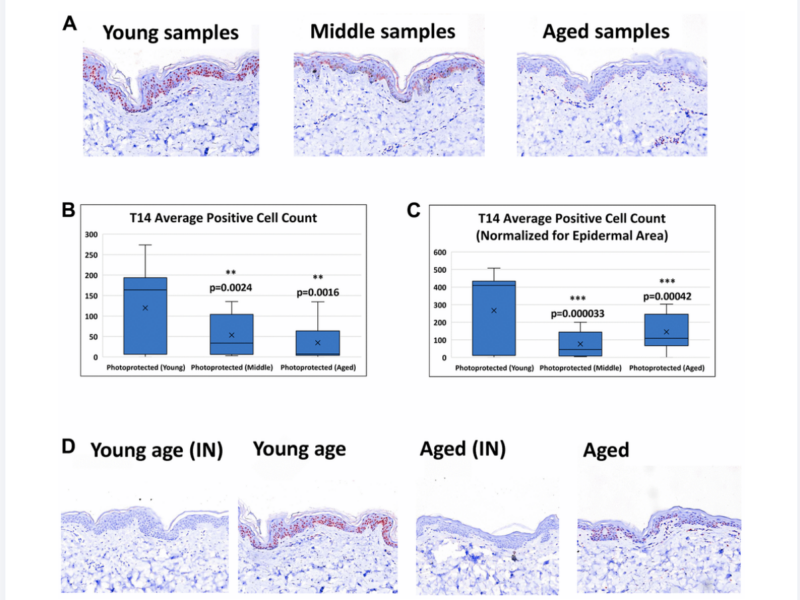PRESS RELEASE: A new research paper was published in Aging’s Volume 15, Issue 12, entitled, “A novel peptide ‘T14’ reflects age and photo-aging in human skin.”
Aging (Aging-US) Authors
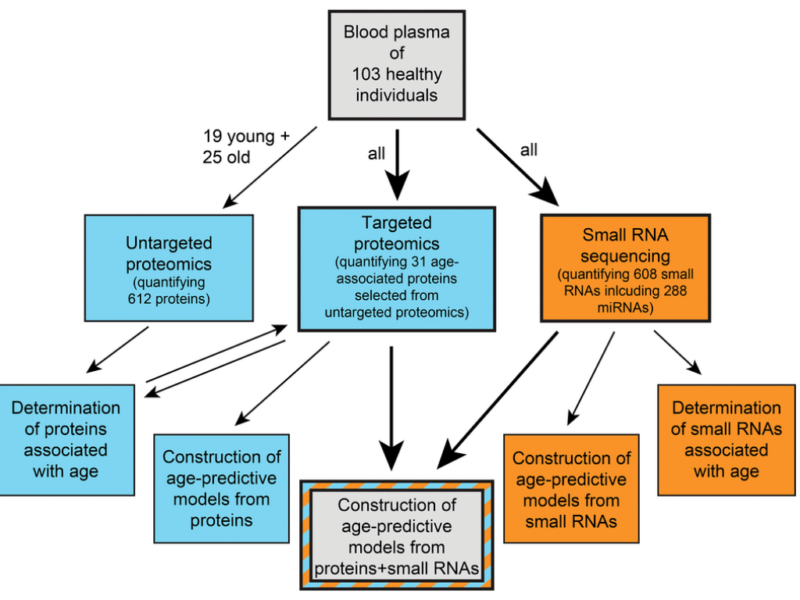
PRESS RELEASE: A new research paper was published on the cover of Aging’s Volume 15, Issue 12, entitled, “Age prediction from human blood plasma using proteomic and small RNA data: a comparative analysis.”
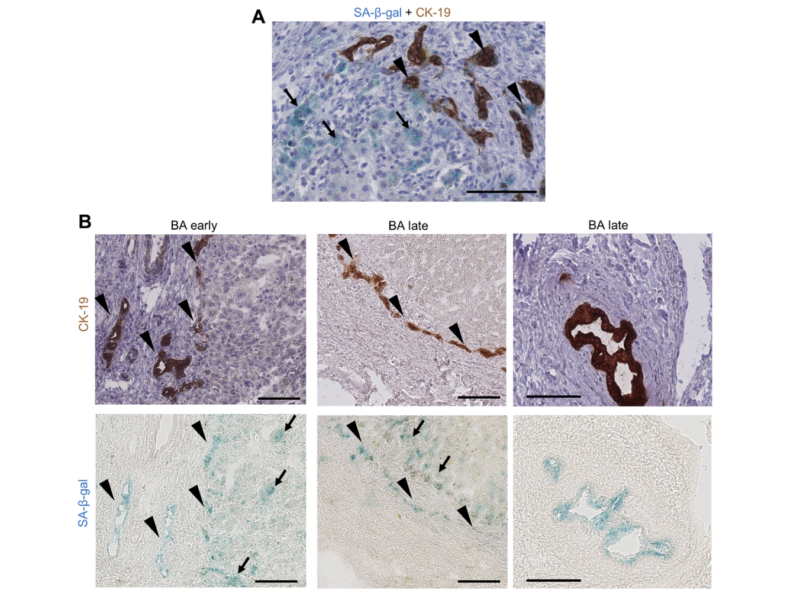
PRESS RELEASE: A new research paper was published in Aging’s Volume 15, Issue 11, entitled, “Senescence and senotherapies in biliary atresia and biliary cirrhosis.”
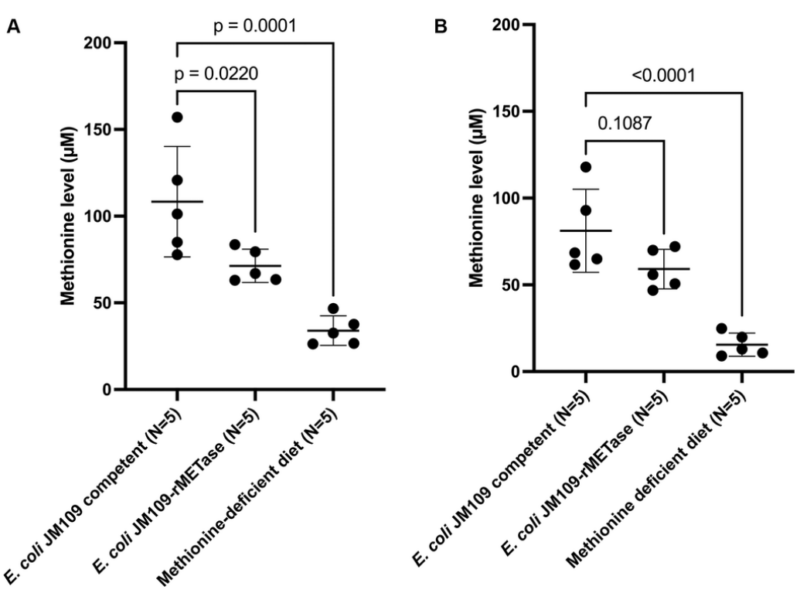
PRESS RELEASE: A new research paper was published in Aging’s Volume 15, Issue 11, entitled, “Old-age-induced obesity reversed by a methionine-deficient diet or oral administration of recombinant methioninase-producing Escherichia coli in C57BL/6 mice.”
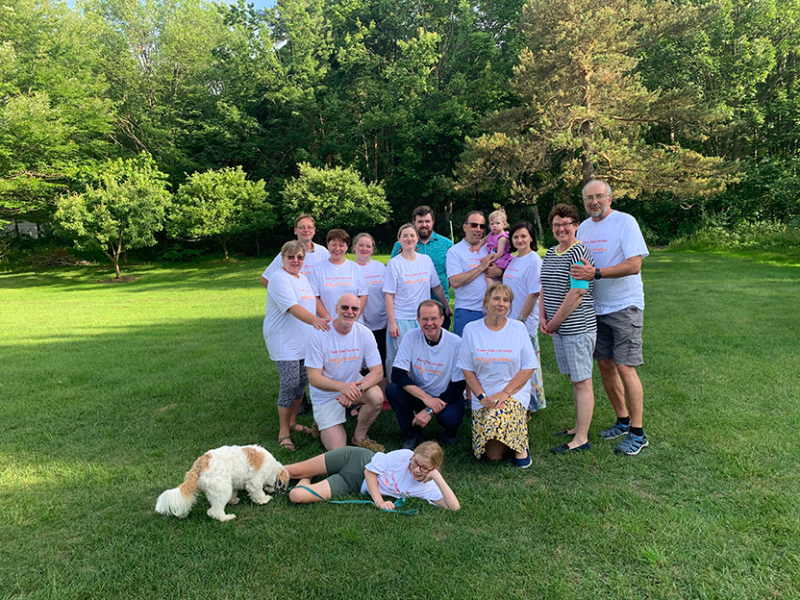
In this year’s Ride for Roswell, Aging and Team Open Access contributed to raising $5.6 MILLION (and counting) for cancer research.
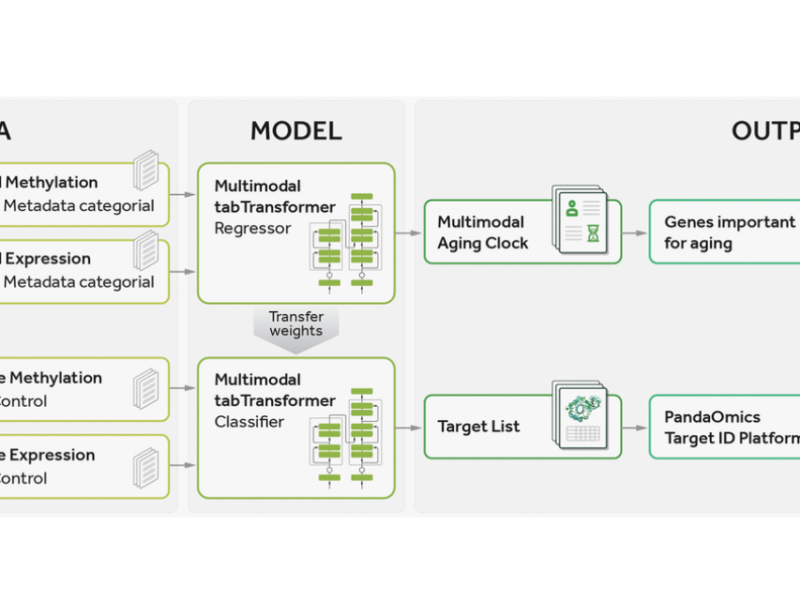
PRESS RELEASE: A new research paper was published in Aging’s Volume 15, Issue 11, entitled, “Precious1GPT: multimodal transformer-based transfer learning for aging clock development and feature importance analysis for aging and age-related disease target discovery.”

Aging’s publisher, Impact Journals, is sponsoring Team Open Access in the annual cycling event to end cancer: The Ride for Roswell.
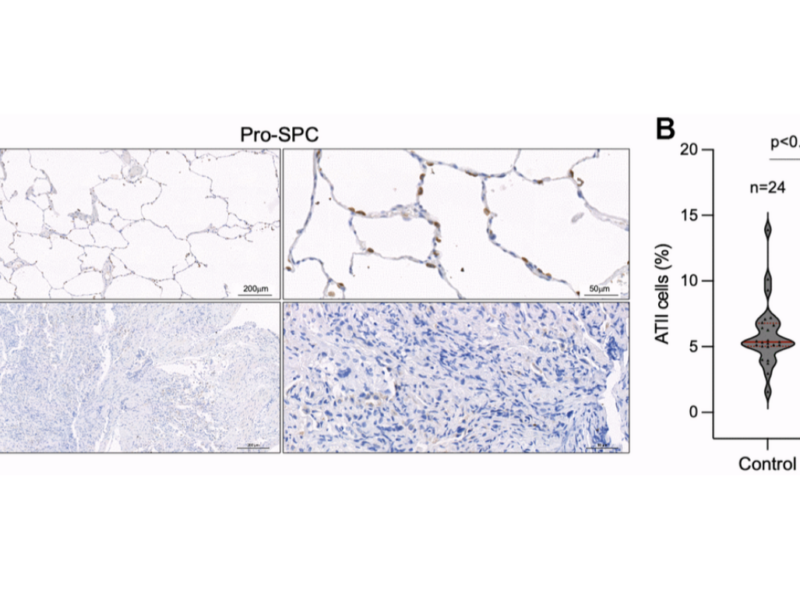
PRESS RELEASE: A new research paper was published on the cover of Aging’s Volume 15, Issue 11, entitled, “Short telomeres in alveolar type II cells associate with lung fibrosis in post COVID-19 patients with cancer.”
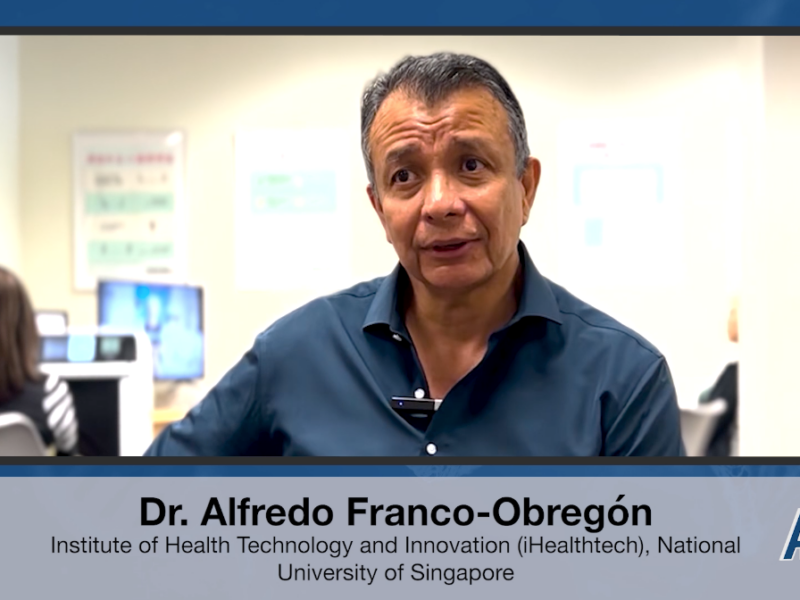
Drs. Alfredo Franco-Obregón and Brian H. Kennedy from the National University of Singapore detail a research paper they co-authored that was published by Aging (Aging-US), entitled, “Brief, weekly magnetic muscle therapy improves mobility and lean body mass in older adults: a Southeast Asia community case study.”
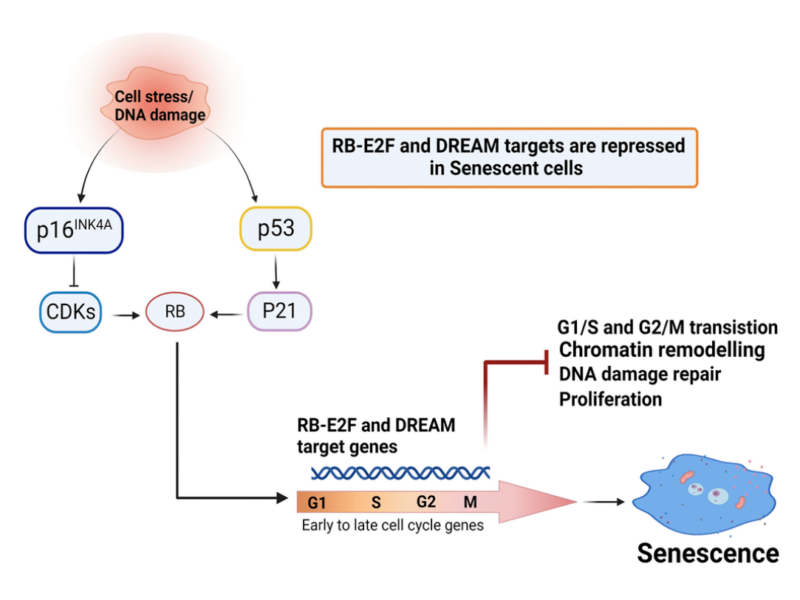
PRESS RELEASE: A new research paper was published in Aging’s Volume 15, Issue 10, entitled, “Key elements of cellular senescence involve transcriptional repression of mitotic and DNA repair genes through the p53-p16/RB-E2F-DREAM complex.”
